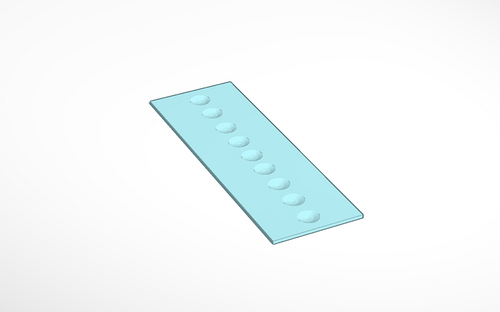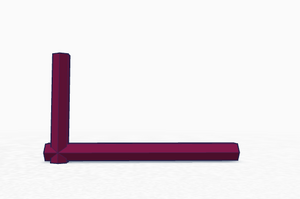BME100 s2015:Group11 12pmL6
| Home People Lab Write-Up 1 | Lab Write-Up 2 | Lab Write-Up 3 Lab Write-Up 4 | Lab Write-Up 5 | Lab Write-Up 6 Course Logistics For Instructors Photos Wiki Editing Help | ||||||||||||||||||||||||||||||||||||||||||||||||||||||||||||||||||||||||||||||||||||||||
|
OUR COMPANY
LAB 6 WRITE-UPBayesian StatisticsOverview of the Original Diagnosis System There were 68 patients tested for the disease-associated SNP. 34 teams of 6 students each were assigned two patients to diagnose. Each patient provided two DNA samples to prevent error in the diagnosis. The samples were tested against a positive and negative control for the disease. Three images were taken for each sample to rule out error. The three photos for each sample were each measured in ImageJ and the numbers were averaged for each sample calculation. Inconclusive results and blank data were ruled out so that the Bayesian statistics for the entire group were accurate and valid. What Bayes Statistics Imply about This Diagnostic Approach
Calculation 2
Calculation 3
Calculation 4
Calculations 1 and 2 were proven reliable as the number was close to .5. The PCR replicates were reliable for a correct diagnosis of the disease SNP being present or not. Calculations 3 and 4 were closer to 1 and proved that the ability for PCR to predict the diagnosis is low because of the high calculations. Many errors could have occurred during these PCR and detection steps. The students could have mixed up the PCR samples to get an incorrect result. The students could have added the wrong amount of PRC solution during the PCR step or the SYBR Green during the imaging step. The students could have also mixed up the order of the images when analyzing them in ImageJ. Computer-Aided DesignTinkerCAD
 The improved fluorimeter slide tackles the problematic cleaning of previously used test samples. Rather than using a pipettor which may fail to collect the entire volume of waste fluid from the slide and possibly leave residue that may interfere with the placement of future samples due to the cohesiveness of water, this fluorimeter slide is coated in a highly hydrophobic coating that will deter any liquid from remaining on its surface. The circular indentations will assist in keeping samples in place during testing. Afterwards, clean-up is a breeze with the simple tilting mechanism that easily disposes of any liquid on the slide into a conveniently positioned and removable waste collection container. 
Part 1Assess the original design
Part 2Design a new system Our Brand Name: PolymerEase
Feature 1: Consumables KitThe consumable portions of the kit will be separated between the disposable plastics and pipettor, and the liquid reagents. Sterile pipettor tips will be kept in their own closed containers to prevent contamination from contacting any other materials. The same will be done to any unused test tubes. The pipettor will be kept on a rack to enhance organization and keep track of kit materials. The liquid reagents, such as the PCR DNA samples and PCR products, will be packaged separately in a refrigerated rack in order to prevent their degradation. Dyes such as SYBR Green will also be packaged here.
Feature 2: Hardware - PCR Machine & FluorimeterFluorimeter The flourimeter will have a handle on the side that will tilt the slide back so that the drop of PCR mixture rolls off and does not have to be removed with a micropipettor. This will speed up the PCR imaging process. | ||||||||||||||||||||||||||||||||||||||||||||||||||||||||||||||||||||||||||||||||||||||||



